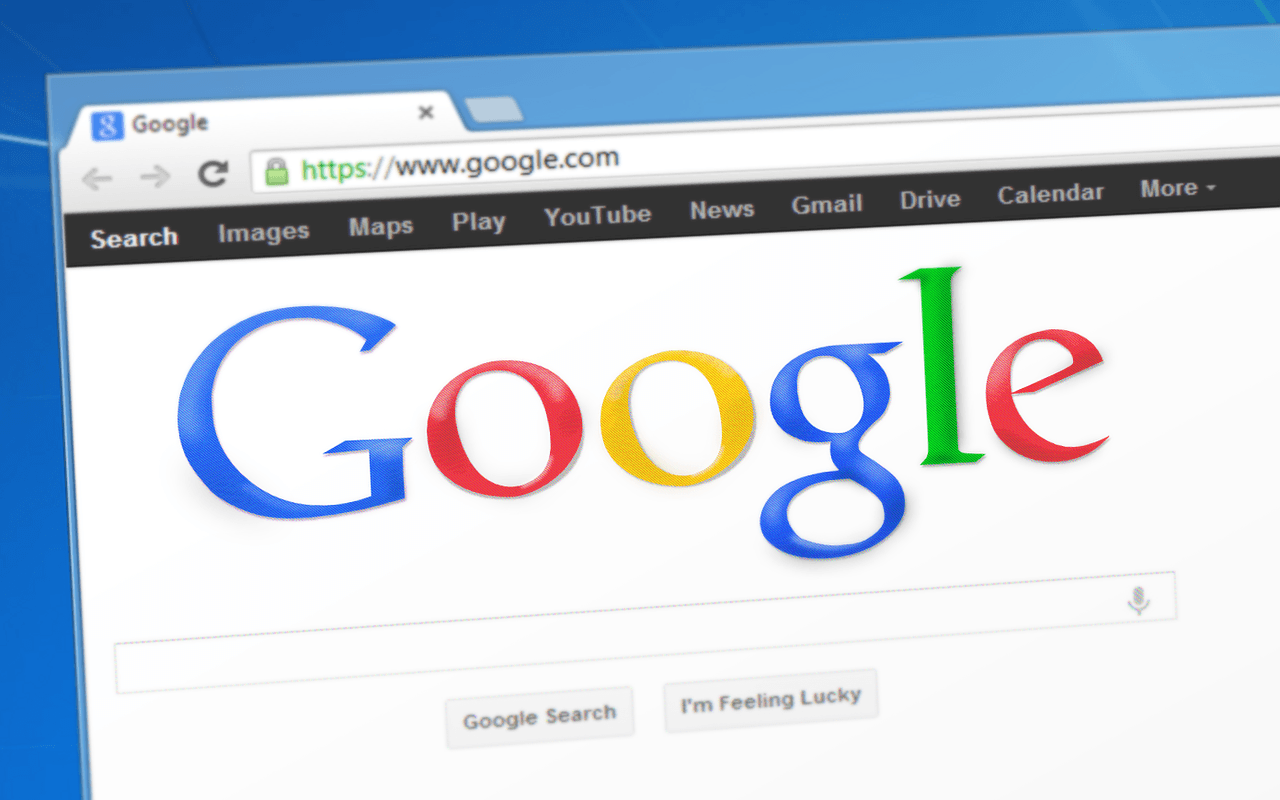Google’s Android dominates the global smartphone market with more than 80% market share. The company also has Chrome OS. But having two operating systems under its belt hasn’t stopped Google from developing the third one. The Google Fuchsia OS has been under development since 2016, and it would probably take years before it is released to the public if ever. Earlier this month, the search engine giant allowed developers to test out its mysterious operating system on the Pixelbook.
Google Fuchsia OS now runs on an actual Pixelbook hardware
Folks at Ars Technica were able to test out the Google Fuchsia OS on a Pixelbook, and they were surprised to see that it worked just fine on the company’s own Pixelbook. You have to understand that it’s an experimental OS that is still in development phase. So, many aspects don’t work the way consumers would expect them to. Google hasn’t even acknowledged the existence of Fuchsia.
The latest version of Fuchsia runs the same Armadillo UI that was tested several months ago. Unlike Android and Chrome OS, the Google Fuchsia OS is based on the search engine giant’s Zircon kernel, which means it would require a lot of work. Android and Chrome OS are both based on Linux kernel. Google spent nearly five years on Android before making it a consumer mobile OS. Fuchsia could take even longer.
The experimental OS tested last year only offered a glimpse of the Armadillo user interface running on top of Android. It worked like a normal app with few multitasking elements. But the latest version of Google Fuchsia OS is running an actual Pixelbook hardware without any Linux code under the hood. It’s “strange and interesting,” said Ars Technica. The official documentation says it “targets modern phones and modern personal computers with fast processors.”
The Google Fuchsia OS is 1.1GB in size. Ars Technica was able to install it by loading a bootable USB stick up with “Zedboot.” On the host machine “you compile Fuchsia and send the system files over the network to a machine currently running Zedboot,” says the publication. Once the files are downloaded, the system boots up and takes you to the lock screen. The network-based installation makes it easier to roll out Fuchsia updates to devices.
Ars Technica found that everything on the lock screen worked just fine except the WiFi. The trackpad, touchscreen, USB ports, the battery readout, and the keypad work just as you would expect. Since the OS compiles in debug mode by default, it shows a “slow mode” banner on the top-right corner. The publication said the Pixelbook would get very hot while running the Google Fuchsia OS, even when you are merely on the home screen.
Right from the lock screen, the OS gives you the option to use the display in mobile device or laptop mode. There isn’t a lot on the home screen right now. The one big difference from the last time is that many things work now rather than just being placeholders. At the center of the home screen is the status readout that shows you the date, time, battery, Fuchsia button, and WiFi connectivity. The Google bar at the bottom also works.
The recent apps menu builds up live thumbnails of recently used apps similar to the way Android does. Users can scroll up to see more of the recent apps. You can also close the apps from there by swiping away the thumbnails, just like you would do on Android. You can launch two or more apps in split-screen modes by long-pressing on thumbnails and dragging them on top of one another. Users can also pick a timezone right from the home screen.
Apps on the Google Fuchsia OS are still non-functional
Apps still don’t work on the Google Fuchsia OS on Pixelbook. “Apps launched from suggestions are totally non-functional,” said Ars Technica. In most cases, they are just mock-up images of Android apps and websites. It has a video player that doesn’t work for some reason, and a music player “that crashes with a scary red screen.” The only app that works well and is useful is the basic file manager.
It’s not clear why Google is developing a new operating system from scratch. Some industry experts speculate that it could be a successor to the search engine giant’s Andromeda project that never saw the light of the day. The Andromeda project was aimed at merging Android and Chrome OS for a Pixel laptop. Google has brought Android apps on Chrome OS without merging the two operating systems.
Ars Technica says the Google Fuchsia OS still has a long way to go. Its Armadillo UI doesn’t look like it could work on a production device in its current form.





